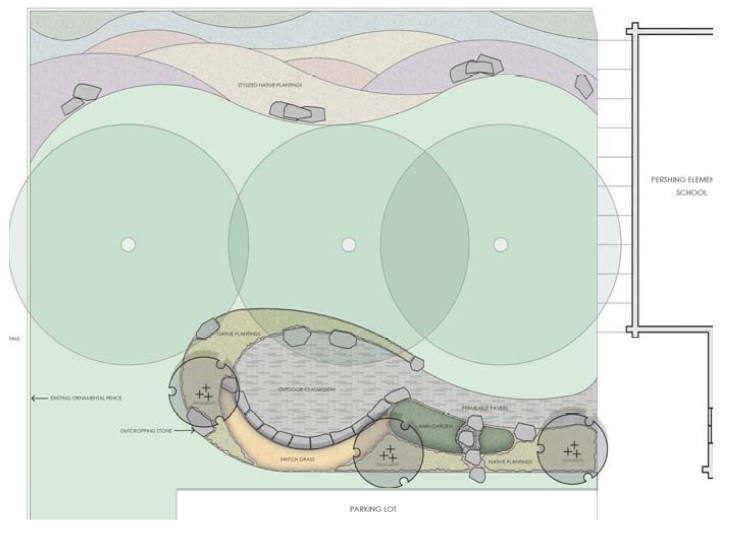On April 21,The Department of the Interior (DOI), Environmental Protection Agency (EPA), and the National Oceanic and Atmospheric Administration (NOAA) recognized four collaborative landscape partnerships. Regions vulnerable to climate change and related challenges, including sites in southwest Florida, Hawaii, Washington, and the Great Lakes have been selected to showcase climate resilience approaches. Building on existing collaborations, these Resilient Lands and Waters partnerships will showcase the benefits of landscape-scale management approaches and help enhance the carbon storage capacity of these natural areas.
The selected sites face a wide range of climate impacts and other ecological stressors, including sea level rise, drought, wildfire, and invasive species. At each location, federal agencies will work closely with state, tribal, and local partners to prepare for and prevent climate-related threats and to ensure that long-term conservation efforts take climate change into account. Additionally, the initiative will focus on conserving coastal wetlands and marine conservation areas, protecting drinking water for urban areas, and providing habitat for wildlife. Read more.
Also on April 21, NOAA announced the expansion of its Coastal Flood Exposure Mapper, a deliverable of President Obama’s Climate Action Plan. The online tool provides users with maps, data, and information to assess risks and vulnerabilities related to coastal flooding and hazards and now covers coastal areas along the entire U.S. East Coast and Gulf of Mexico.
With the Coastal Flood Exposure Mapper, users select their location and flood scenario: Federal Emergency Management Agency flood designations, shallow coastal flooding associated with high tides, or flooding associated with sea level rise or storm surge. Flood maps are then overlaid with any of three exposure maps to show how floodwaters might impact area assets. Communities can use the mapper to assess infrastructure vulnerabilities and associated environmental and economic issues to determine what steps are needed to protect these assets. Additionally, the ecosystem exposure map provides data and information about natural areas and open spaces—including their proximity to development — to help communities identify which areas can be conserved for future flood protection benefits. Pollution sources also are identified to show where natural resources could be affected during a flood.
A NOAA study recently published in the journal Environmental Science & Policy finds that natural infrastructure, such as marshes, reefs, and beaches, can enhance the resilience of U.S. coastal communities to storms, flooding, and erosion when used in combination with built infrastructure. Read more.





